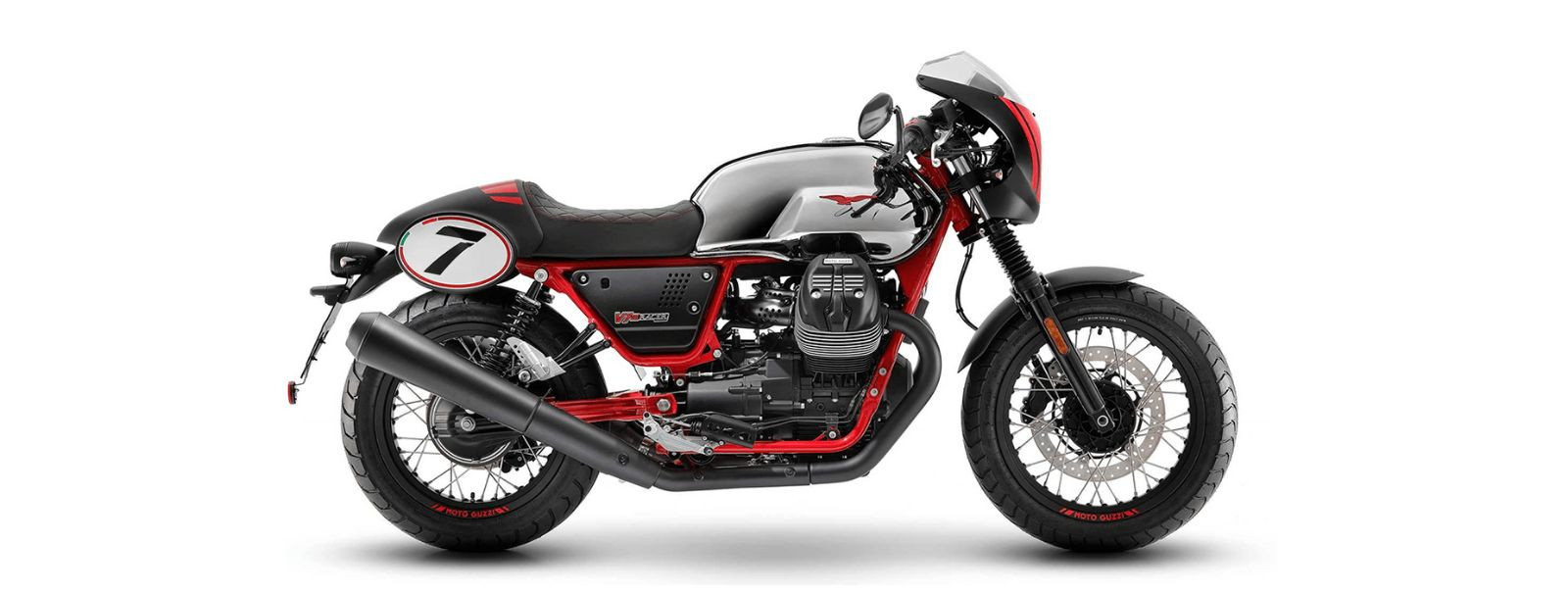Leather vs. textile: what's best for motorcycle gear?
For motorcycle enthusiasts, selecting the right gear is not just about style; it's a critical decision for comfort, performance, and most importantly, safety. The material of your motorcycle gear plays a pivotal role in protection during a ride or in case of an accident.
Leather and textile are the two primary materials used in motorcycle gear. Each has its unique properties, advantages, and disadvantages, which we will explore in this comprehensive guide.
Leather Motorcycle Gear
Leather has been the go-to material for motorcycle gear since the early days of riding. Its natural abrasion resistance and durability made it an obvious choice for riders seeking protection.
Leather offers unmatched abrasion resistance, a snug fit that adapts to the rider's body, and a classic look that appeals to many riders. It's also known for its long-term durability when properly maintained.
However, leather can be heavy, less breathable, and not ideal for all weather conditions. It also requires regular maintenance to keep it in good condition.
Proper care includes regular cleaning, conditioning, and storage away from extreme temperatures and moisture to prevent cracking and drying out.
Textile Motorcycle Gear
With advances in textile technology, modern fabrics now offer excellent protection and versatility. Materials like Cordura and Kevlar are commonly used in high-quality textile gear.
Textile gear is generally lighter, more breathable, and offers better waterproofing and wind resistance than leather. It's also easier to maintain and often comes with built-in ventilation systems.
While textile gear can be highly protective, it may not offer the same level of abrasion resistance as leather and might not last as long under heavy use.
Maintenance is typically easier, with many textile garments being machine washable and requiring less frequent care than leather.
Comparing Leather and Textile Motorcycle Gear
When it comes to protection, leather has a slight edge in abrasion resistance, while textiles excel in versatility and can be reinforced with protective panels. Durability often depends on the quality of the material and the care it receives.
Leather's ability to mold to the rider's body offers a custom-fit feel, whereas textiles can be more forgiving and adjustable with various fits and styles.
Textile gear often features removable liners and ventilation options, making it suitable for a wider range of weather conditions compared to leather.
Style is subjective, but leather often carries a traditional biker aesthetic, while textile gear offers a more modern and sometimes sportier look.
Leather gear can be more expensive initially but may prove cost-effective over time due to its longevity. Textile gear is often more affordable and offers a good balance between cost and functionality.
Factors to Consider When Choosing Motorcycle Gear
Your choice should align with your riding style—whether you're a casual rider, a commuter, or a sport rider—and the typical conditions you ride in.
Consider what's most important to you: maximum protection, comfort, style, or versatility. Your priorities will guide your decision between leather and textile gear.
Regardless of material, ensure that your gear meets established safety standards and certifications to provide adequate protection on the road.






Comments (0)